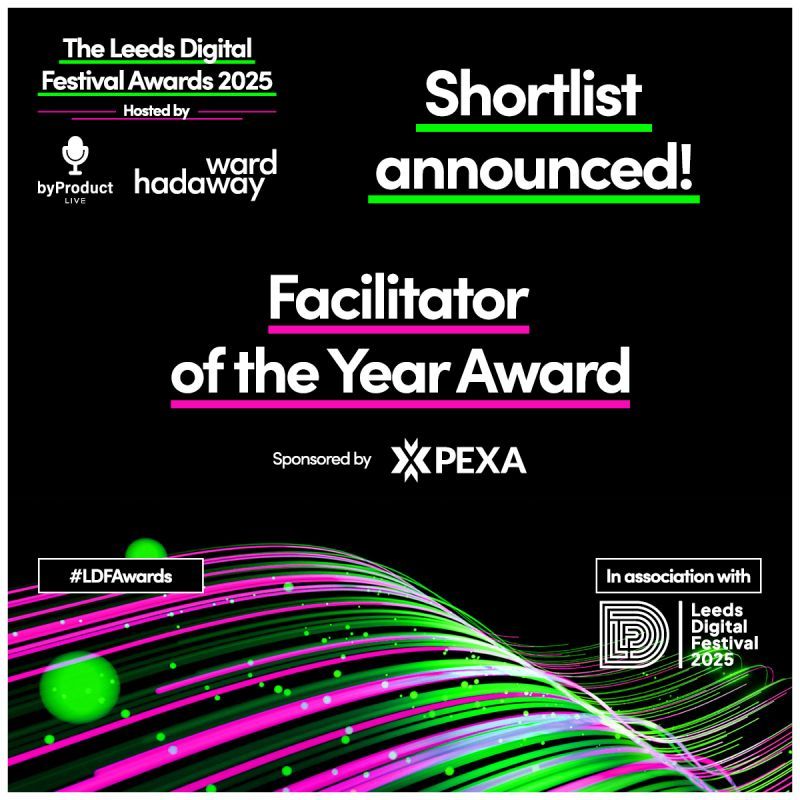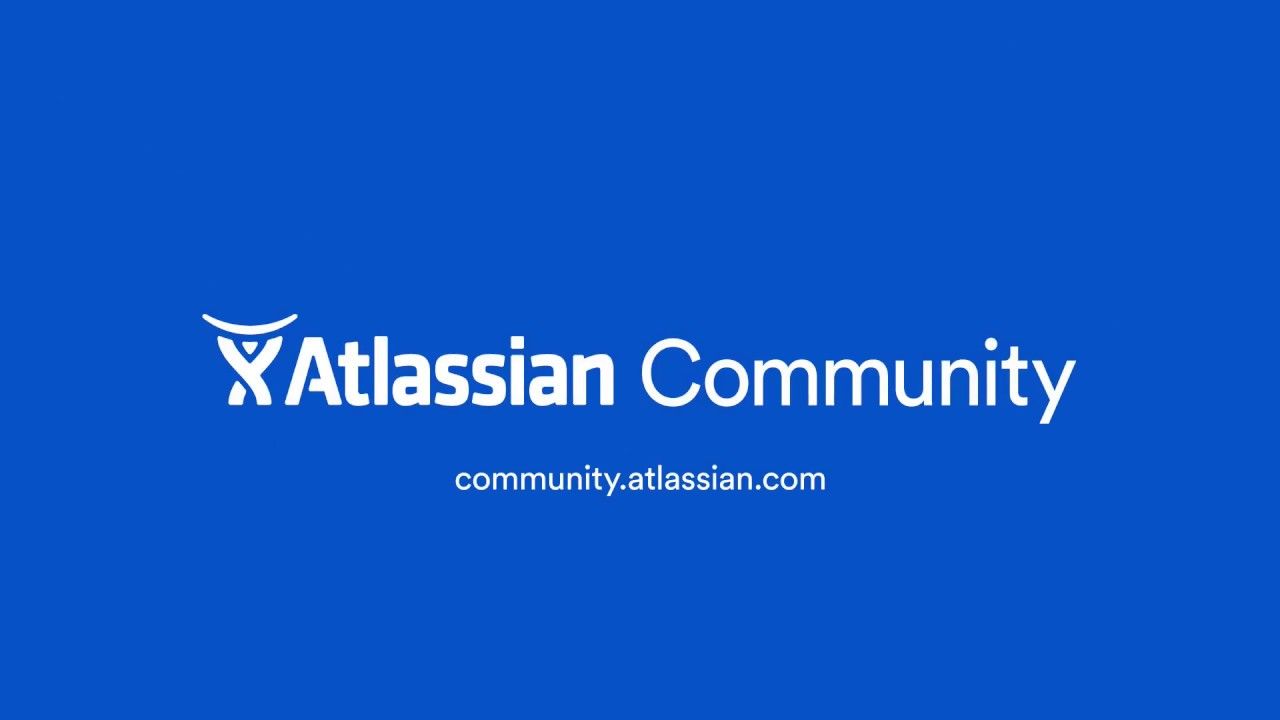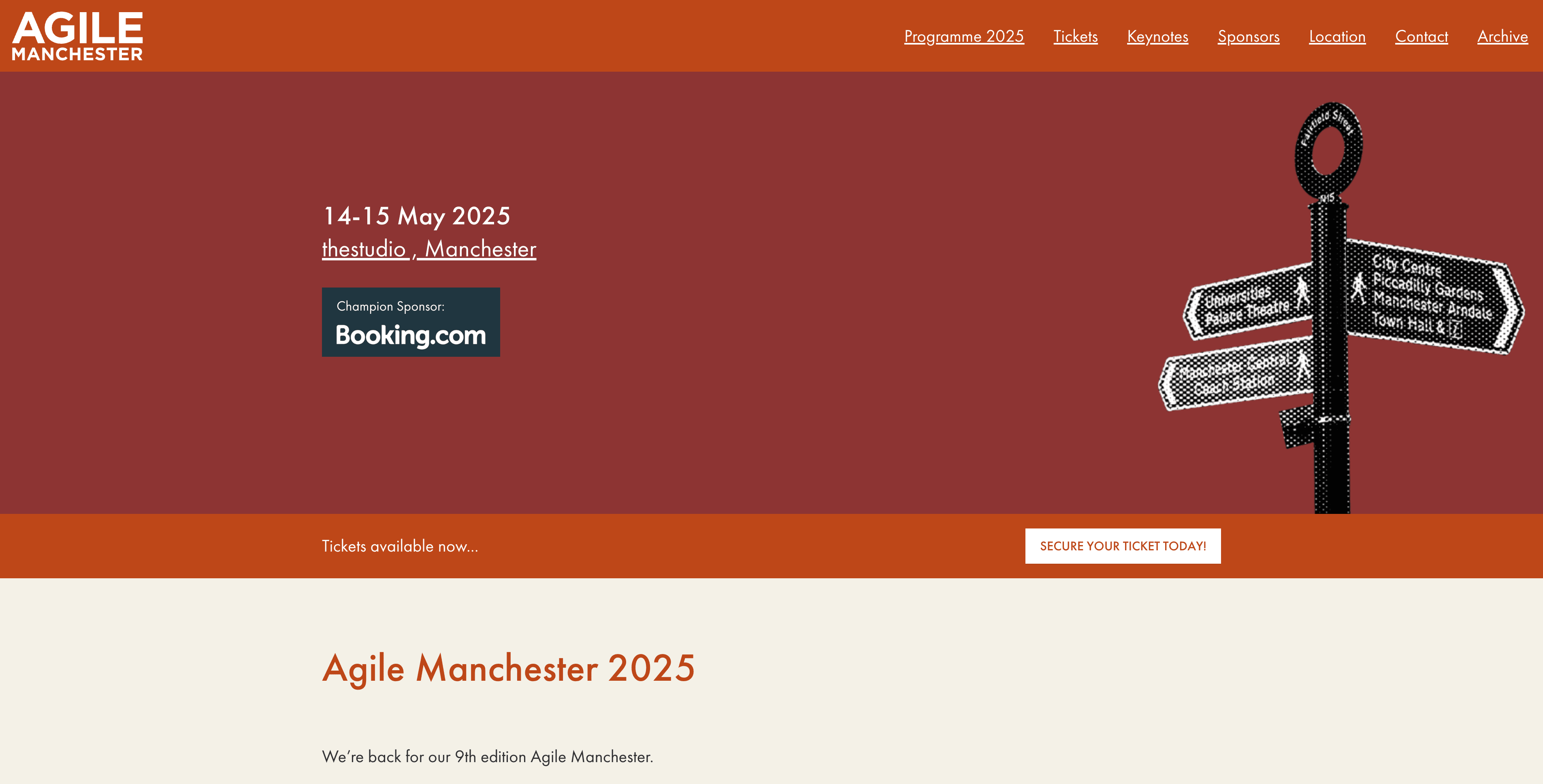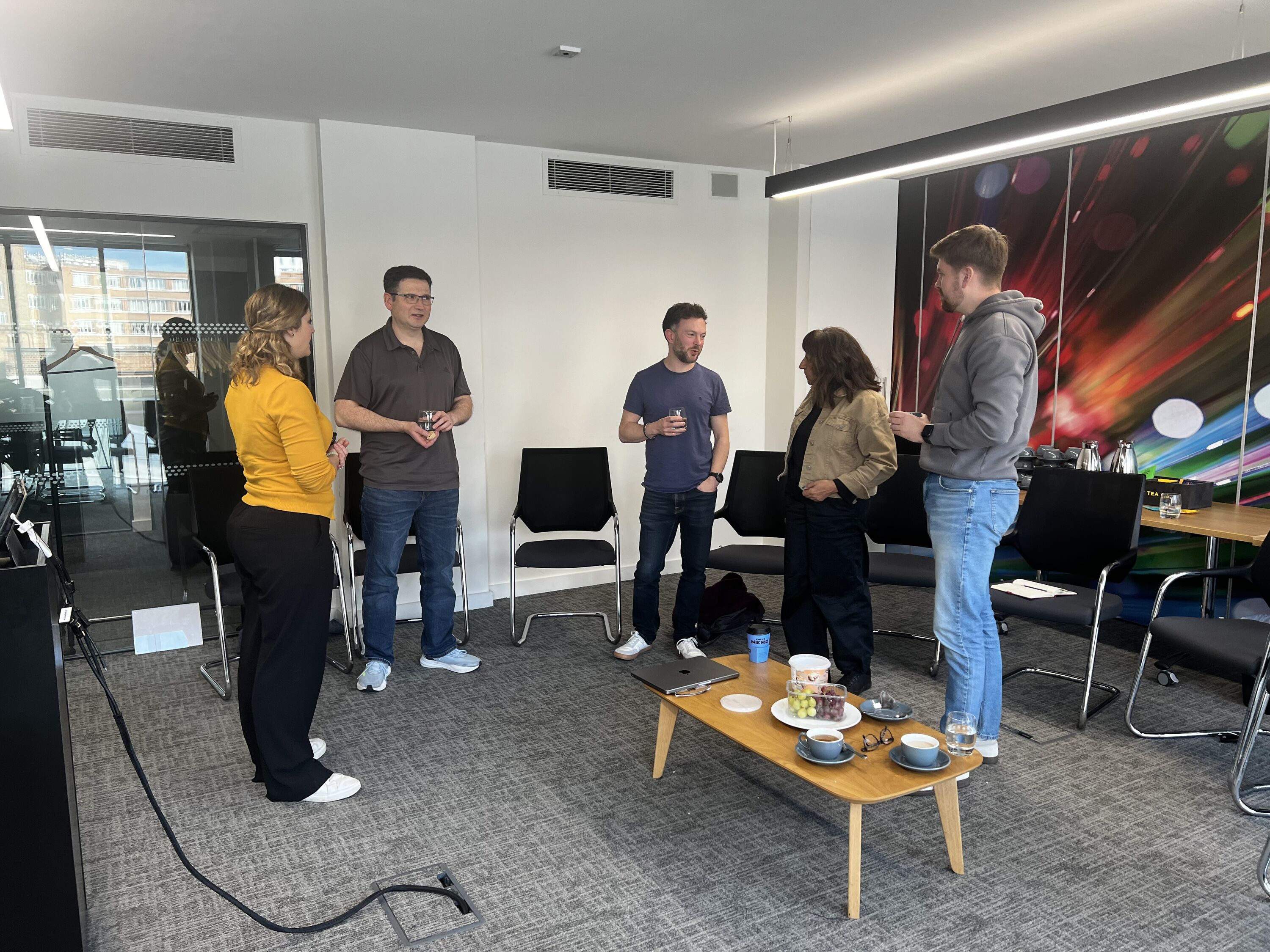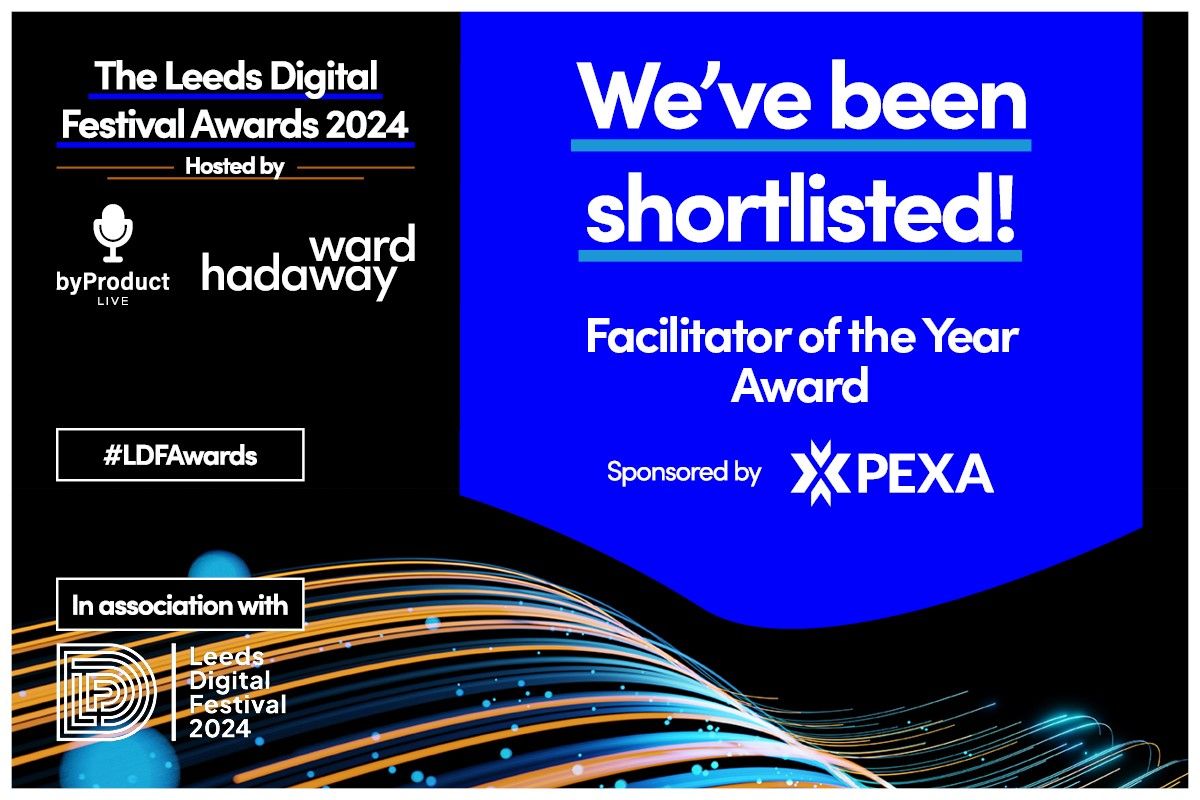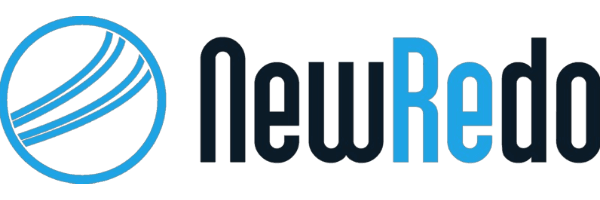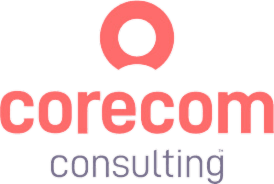An Antipodean Evening with David Evans and Gwen Diagram
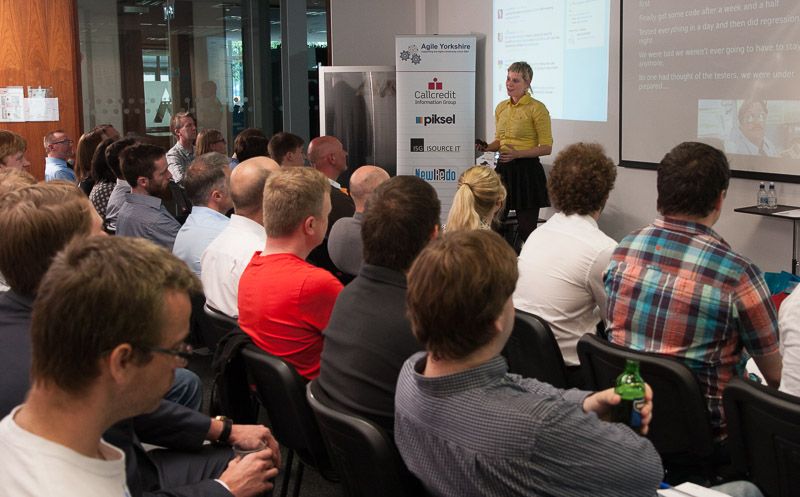
An Antipodean Evening with David Evans and Gwen Diagram
David Evans who, along with his partners at Neuri Consulting including Gojko Adzic, are blazing the trail in the world of Specification by Example (SBE) made some specific commitments at the start of his presentation to improve the artefacts coming out of the SBE process. These artefacts are examples which are in turn tests. He showed us how even when following the guide lines for good examples such as avoiding technical terms, using a formal notation like given/when/then and involving business stakeholders it can still fall short of the mark for a good example by hiding the essence of the business rule in a thicket of superfluous detail. This failure typically comes from having the example focusing on how to test rather than what to test.
In a nice slide (full slides available here) which neatly summarised for me how SBE artefacts are more than just tests - they are specifications, tests and living documentation. It also gave a way of thinking about their evolution over their lifetime: SBE artefacts should provide specifications now, regression tests soon and documentation later. He also contrasted the long lived nature of specifications versus the short lived (burn it!) nature of a user story.
Working through a number of examples of bad examples (see what I did there!) David brought out the desired qualities for artefacts of Focus, Balance and Contrast and why we should aim for hour-glass shaped scenarios with consistent levels of abstraction. Interestingly these are desirable qualities in all tests not just those of SBE.
In an interesting segment on the often debated topic of whether tests slow down development David made the pithy observation that tests slow down development in the same way that passengers slow down a bus. The speed of the bus (along with the speed of development) is not the point!
The final related segment addressed what will move organisations towards investing more in building a body of tests to support software making comparisons to with the costs of oil exploration. At this point in time the cost of tests is perceived to be high but as organisations start to realise additional value from tests either earlier in the software delivery life-cycle in the form of specifications or later in the form of live documentation then the value of the artefacts to an organisation increases and makes it more likely that time will be invested in building them.
The other half of the antipodean (dynamic) duo presenting on the evening was Gwen Diagram who gave a passionate presentation describing her journey to enlightenment from behind the waterfall into the world of multifunctional teams, close collaboration across the software delivery disciplines and high levels of tester autonomy. She stressed the need for testers to be able to chose their own tools and to not be afraid to ditch tools when they are no longer adding value. There was a lively debate on the issue of whether the testers in a team should all be technical and the need for developers to draw on testers experience and testers to pull in developers to help with test automation.
The lively discussions carried on afterwards in the pub (beers kindly sponsored by Sean Addy of iSourceIT) with both speakers present and actively engaged in the debates
The evening ended with the monthly prize draw and drinks in the Midnight Bell. Thanks to all our volunteer team who make the event happen and finally thanks to main sponsors iSource IT, Piksel, Callcredit and NewRedo and to our prize sponsors O'Reilly, JetBRAINS, Manning, Wrox and PluralSight.
See you in August
